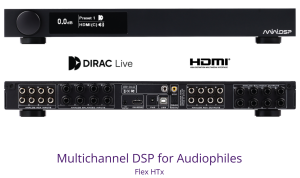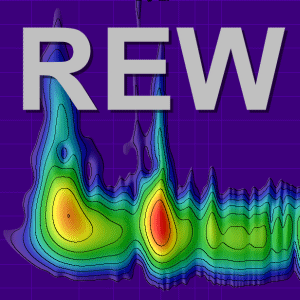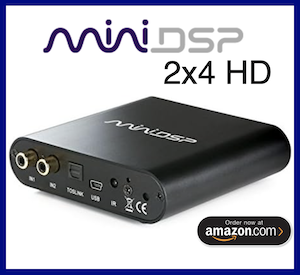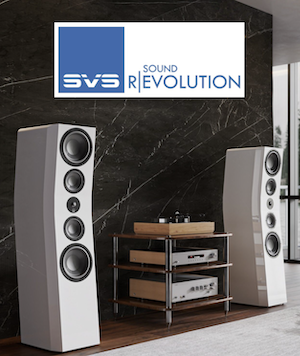microbailey
Registered
Thread Starter
- Joined
- Oct 11, 2025
- Posts
- 3
Hi. Electronics experience but relative REW newbie here so go easy 
I'm using REW with a Native Instruments soundcard to make some connected measurements of audio equipment I am designing and refining.
My Soundcard OUT plugs into DUT IN (device under test), Soundcard IN from DUT OUT. REW on Windows is being used to make the measurements.
I've calibrated the REW Signal Generator for RMS voltage using a bench AC voltmeter on True RMS
REW SPL meter has been calibrated for 0dB using looped-back 1kHz sinewave generated by REW at 0dBu (the level I've chosen to use for my measurements).
Frequency sweeps, gains etc are all fine. I'm now attempting to measure A-Weighted SNR.
After calibration my process is:
I'm using REW with a Native Instruments soundcard to make some connected measurements of audio equipment I am designing and refining.
My Soundcard OUT plugs into DUT IN (device under test), Soundcard IN from DUT OUT. REW on Windows is being used to make the measurements.
I've calibrated the REW Signal Generator for RMS voltage using a bench AC voltmeter on True RMS
REW SPL meter has been calibrated for 0dB using looped-back 1kHz sinewave generated by REW at 0dBu (the level I've chosen to use for my measurements).
Frequency sweeps, gains etc are all fine. I'm now attempting to measure A-Weighted SNR.
After calibration my process is:
- open the REW Generator popup and play a 1kHz sine at 0dBu
- set gain on the DUT to unity using the previously calibrated REW SPL meter
- open the REW RTA window, press REC button and observe the 1kHz tone at 0dBu + noise floor (including harmonics etc)
- enable REW RTA "Show distortion" popup (top left corner of RTA window)
- clear down the RTA plot by toggling REC off and then back on
- after a few secs disable the REC to leave a 'watermark' of noise (this time window seems finger-in-the-air)
- read A-weighted “SNR” value directly from the value in the REW "Distortion" popup
- I don't know if using a time window with RTA is the right thing to do.
- Did I understand the REW report in "Distortion" popup correctly?














